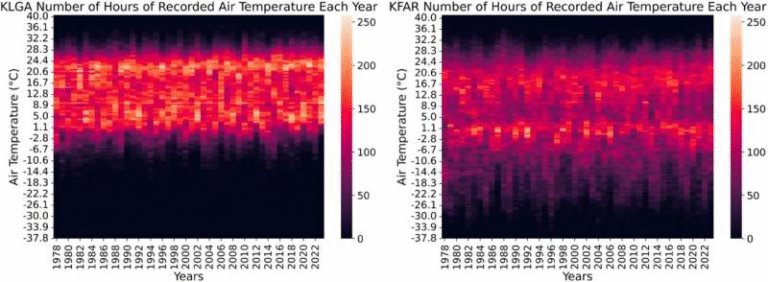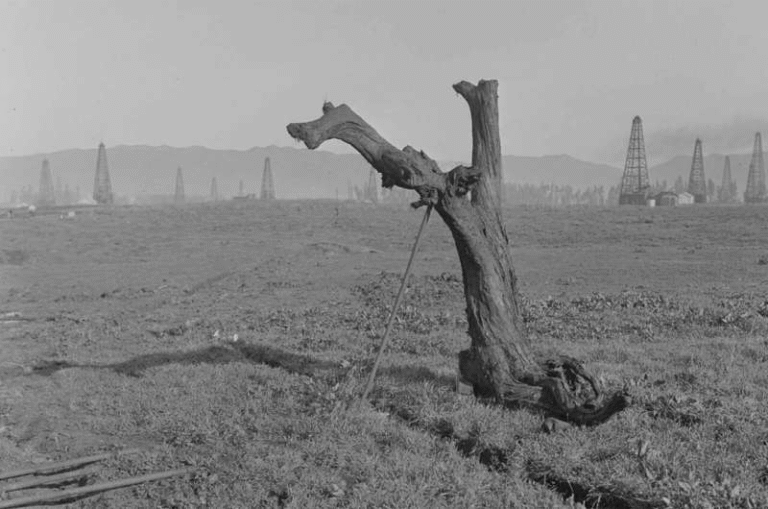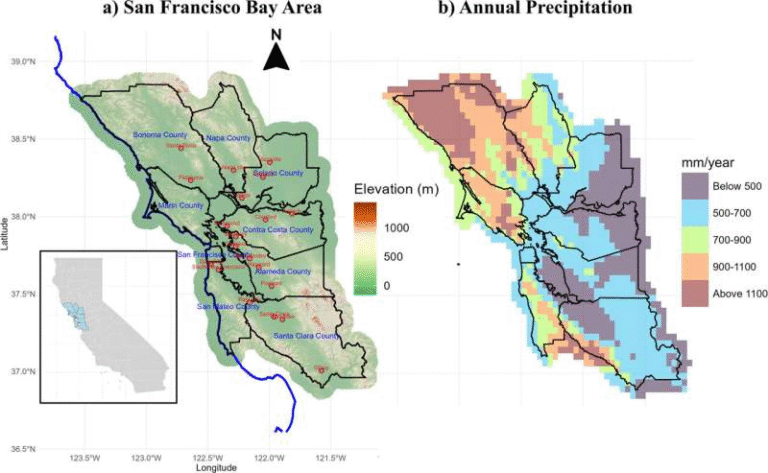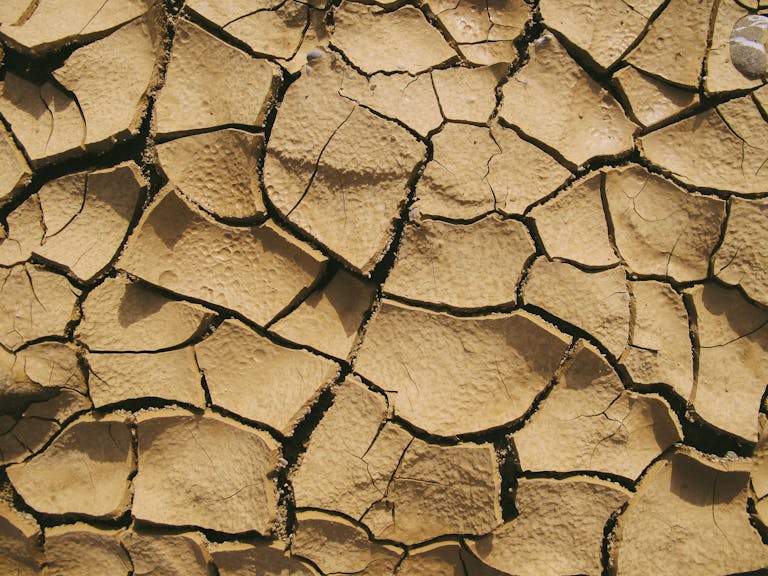Decades-Old Earthquake Mystery Solved: How Microscopic Friction Shapes Earthquakes

A long-standing mystery in earthquake science has finally been cracked, thanks to a new laboratory model that directly links the microscopic contact points between fault surfaces to the way earthquakes form, evolve, and rupture. Scientists at the University of Southern California (USC), led by Sylvain Barbot, have developed an experimental setup that allows them to literally watch how tiny fault contacts behave before, during, and after an earthquake. Their findings—published in the Proceedings of the National Academy of Sciences (PNAS)—give physical meaning to decades of abstract mathematical models used to simulate earthquakes.
The implications of this discovery are enormous. By revealing how real fault surfaces interact at the microscopic scale, this research could pave the way for more accurate earthquake monitoring, early detection, and possibly even short-term prediction.
The Heart of the Discovery: Real Contact Area
When two rough surfaces press and slide against each other, they don’t touch everywhere. Instead, they make contact only at a few microscopic spots called asperities or junctions, which carry most of the stress. The total of these tiny contact points forms what scientists call the “real area of contact.”
Barbot and his team discovered that this real contact area is not just an incidental detail—it’s the core physical quantity controlling earthquake behavior. It turns out that the long-used “state variable” in standard rate-and-state friction laws—a key part of earthquake modeling—actually represents this microscopic contact area.
For decades, seismologists could model how earthquakes unfold using these friction laws, but they didn’t know what the “state” variable truly meant in physical terms. This research provides that missing link.
Seeing Earthquakes in the Lab
The researchers created a transparent earthquake simulator using acrylic (PMMA) blocks, which allowed light to pass through. They used high-speed cameras and LED illumination to observe how light transmission changed as the fault surfaces slid against one another.
During their experiments, they simulated dozens of earthquake cycles under various stress and loading conditions. Because the material was transparent, they could directly observe how the microscopic contact points between surfaces formed, grew, and then vanished during each cycle.
When the fault slipped rapidly—mimicking a real earthquake—about 30% of the total contact area disappeared within milliseconds. This sudden loss of contact represented a rapid weakening of the fault, precisely the kind of process that drives powerful seismic ruptures in nature.
By comparing the observed data to theoretical models, the researchers found that the relationship between rupture speed and fracture energy matched the predictions of linear elastic fracture mechanics, confirming that their setup was accurately replicating earthquake physics on a smaller scale.
From Abstract Math to Physical Reality
Earthquake models have long relied on the rate-and-state friction law, which uses two parameters: the rate of sliding and the state of the fault interface. While the equations accurately reproduce seismic motion, the “state” part of the equation was always something of a mystery. Scientists knew it represented some changing property of the fault, but they couldn’t observe it directly—until now.
Barbot’s team demonstrated that the state variable is actually the real area of contact between the two fault surfaces. As those tiny junctions change—forming slowly under stress and breaking suddenly during slip—they dictate the entire seismic cycle: the buildup of stress, the rupture, and the healing afterward.
This is the first time that scientists have been able to connect what happens at the microscopic level—the actual touching surfaces—to the large-scale physics of earthquakes.
Why This Matters for Earthquake Prediction
One of the biggest challenges in seismology is predicting when a fault will rupture. Earthquake scientists have known for decades that faults slowly accumulate stress as tectonic plates grind against one another, but knowing the exact tipping point has always been out of reach.
This study changes that perspective. Because the real contact area affects multiple measurable physical properties—such as electrical conductivity, hydraulic permeability, and seismic wave transmission—it may be possible to monitor those changes as indirect indicators of how a fault is behaving deep underground.
In theory, if scientists could continuously measure these proxy properties in fault zones, they might detect the early signs of earthquake nucleation—the very first stages of an earthquake forming—before any seismic waves are emitted.
While we’re still far from real-world implementation, this idea opens new doors for short-term earthquake forecasting. Instead of relying solely on long-term probability models, researchers might one day watch in real time as a fault’s physical state evolves toward failure.
Testing the Model: 26 Simulated Earthquakes
To validate their model, the team ran 26 laboratory earthquake scenarios. Each experiment simulated a different set of conditions—varying stress, fault strength, and rupture velocity—to see how well their model could capture both slow and fast earthquakes.
The results matched theoretical expectations with impressive accuracy. The experiments reproduced rupture speeds, stress drops, and even optical transmission patterns consistent with what’s observed in nature and predicted by existing fracture mechanics.
By analyzing these laboratory “quakes,” the researchers confirmed that their contact-area-based model could explain both slow-slip events (which move silently over hours or days) and fast, violent ruptures (which produce strong seismic waves).
This dual capability is critical, because slow and fast earthquakes are thought to occur on the same kinds of faults—just under different physical conditions. A unified model that captures both behaviors has been a long-sought goal in earthquake science.
The Bigger Picture: Why Earthquake Mechanics Are So Hard to Understand
To appreciate how groundbreaking this is, it helps to understand why earthquakes are so difficult to study in the first place.
Earthquakes occur miles underground, along fault zones that may extend hundreds of kilometers. The conditions there—enormous pressures, heat, and chemical reactions—are nearly impossible to replicate or directly observe. For that reason, seismologists have always had to rely on indirect data such as ground movement, GPS measurements, or seismic waves.
Laboratory models help bridge that gap, but most traditional experiments involve opaque materials or indirect measurements of stress and friction. The transparent setup used in this study is different because it allows scientists to watch the actual physics of failure in real time.
By directly observing contact points forming and breaking, researchers can now link micro-level frictional behavior to macro-level earthquake dynamics—a major step forward.
Implications Beyond Earthquakes
Interestingly, this research isn’t just about earthquakes. The physics of sliding friction applies to a huge range of systems—from industrial materials and mechanical joints to glaciers and landslides. Anywhere two surfaces slide under pressure, similar contact dynamics occur.
Understanding how microscopic junctions evolve could help engineers design more durable materials, improve understanding of landslide initiation, and even aid in studying ice-sheet movement in polar regions. The principles uncovered here could therefore have far-reaching applications.
The Road Ahead: From Laboratory to Real Faults
Of course, there’s a big gap between a lab experiment and a real tectonic fault that stretches for hundreds of kilometers. Barbot’s team acknowledges this limitation but sees it as a first step toward scaling up.
Their next goal is to apply these principles to natural fault zones, possibly by combining field measurements with laboratory calibration. If scientists can detect changes in physical properties such as conductivity or permeability in real faults, those signals could serve as precursors to seismic activity.
However, there are serious challenges ahead. Natural faults are influenced by complex variables—rock composition, fluid pressure, temperature, and geometry—all of which make it difficult to monitor their microscopic behavior. Deploying sensors that can continuously track these parameters at high resolution is another major hurdle.
Still, the potential payoff is huge. Imagine being able to detect subtle changes in fault strength or contact area days or weeks before a major earthquake. That kind of early warning would revolutionize how societies prepare for seismic hazards.
A Step Toward Physically Grounded Prediction
While no one is claiming that earthquakes can now be predicted, this study provides something equally valuable: a clear physical foundation for understanding how faults behave.
For the first time, scientists have a direct experimental link between microscopic frictional contact and macroscopic seismic activity. That connection bridges a gap that has puzzled researchers since the 1970s.
The next phase of research will involve integrating these findings into more advanced computer simulations and field-based experiments. Over time, this could transform not just how we model earthquakes, but how we detect and interpret early warning signals.
Funding and Collaboration
This work was supported by the National Science Foundation (NSF) and the Statewide California Earthquake Center. The research team included Sylvain Barbot, associate professor at USC Dornsife College of Letters, Arts and Sciences, and his colleagues specializing in fault mechanics and optical measurement systems.
Their collaboration combined expertise in geophysics, materials science, and fracture mechanics, reflecting how interdisciplinary earthquake research has become in recent years.
The Bottom Line
This study doesn’t just add another model to earthquake science—it provides the missing physical meaning behind decades of friction theory. The realization that the “state” variable in earthquake equations represents the real microscopic contact area gives scientists a solid foundation to build upon.
It’s a major step toward a future where earthquake behavior can be understood, modeled, and maybe even forecast with greater confidence.
As Barbot and his team suggest, the ultimate goal is to detect the earliest signs of earthquake nucleation before seismic waves are released—something that once seemed impossible but now feels a little closer to reality.
Research Reference:
Proceedings of the National Academy of Sciences (PNAS) – “Physical meaning of rate and state friction: The real area of contact between faults” (2025)





